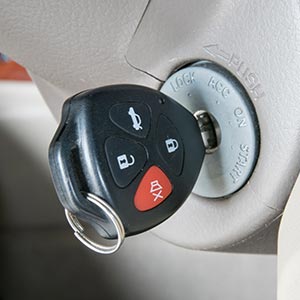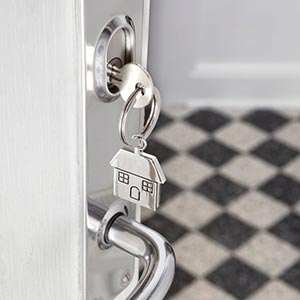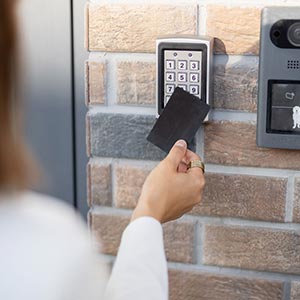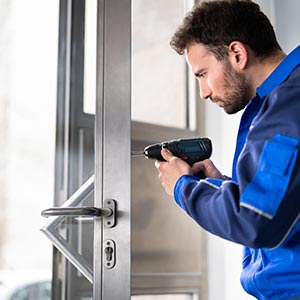The Importance of Panic Bars at your Commercial Property
If you’ve got a public commercial building, then it’s essential for you to know that “panic hardware” is required. You need to provide acceptable emergency egress and ingress for anyone in the facility. Accordingly, a “panic bar” is the push bar that you need to install on every exit door, so people can make a fast exit in case of an urgent situation. There must also be an uninterrupted and unobstructed outlet to a safe area. Doors with panic bars are often necessary in restaurants, malls, bars, and other public locations, such as schools. You simply won’t pass inspection if your property isn’t up to code. It’s therefore imperative that you follow the law, so that you’ll be properly guarding the safety of every occupant - employees, customers, and visitors.
Considerations regarding panic hardware. Panic hardware has a latching device, with a touchpad or crossbar that goes across at least half the width of the door, which releases the latch whenever it’s pushed. Panic hardware is also called an “exit device” or a “crash bar”; for fire doors, it’s called “fire exit hardware.” This hardware is applied where it’s required by code to make it possible for a specific number of people to leave quickly. It also provides increased resilience.
Whenever you put in panic hardware on balanced doors, you have to use a touchpad-style device. The touchpad shouldn’t extend over halfway across the door. Code requirements normally prohibit the installation of any other sort of lock on a door that has panic hardware, except for an electromagnetic lock released by a switch or sensor. The point is, at all times, any person who has to leave right away must be able to open an exit route door from the inside - without any keys or tools, and without any specialized information.
Panic bars are also manufactured to prevent entry from the opposite side of the door. On the inner side, of course they allow a quick exit in a crisis. A panic bar locking only from the outside is permitted on an exit discharge door. Usually, rooms containing electrical equipment must have panic hardware or fire exit hardware, allowing an expert technician to escape in case of a fire or explosion.
Installed on doors that open to the outside, panic bars are obtainable in a numerous styles. Most are equipped with an alarm, which keeps individuals who are leaving from taking along a stolen item, or from trying to exit without paying the bill. Constructed either horizontally or vertically, all panic bar door openers operate the same way: The door opens as soon as the bar is pushed. The guidelines for you to follow, and the exact number of exit doors you must have, will all depend upon your building’s height, type, occupancy level, what it’s used for, and size.







